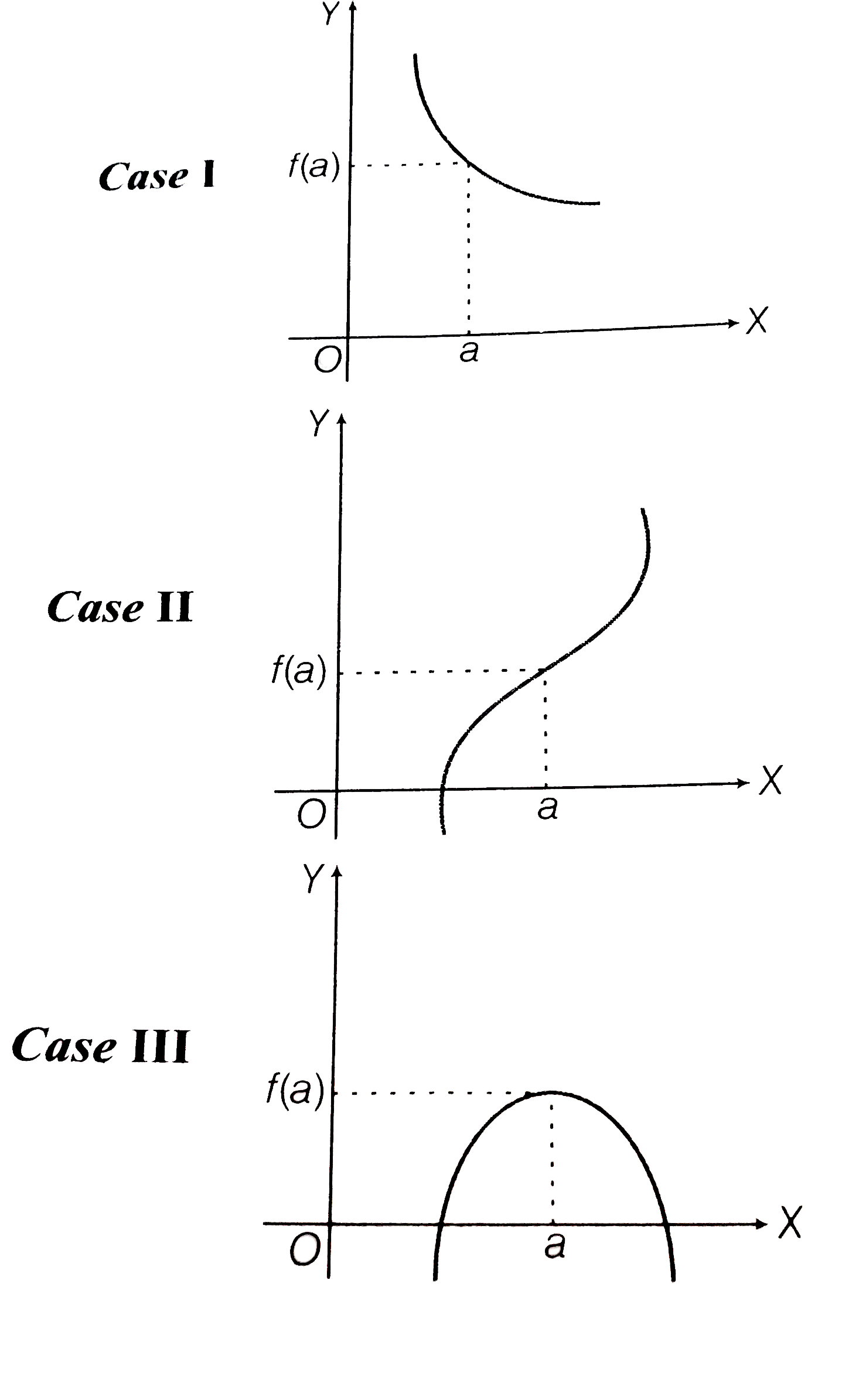Let g(x)∣∣f(x+c)f(x+2c)f(x+3c)f(c)f(2c)f(3c)f′(c)f′(2c)f′(3c)∣∣, where c is constant, then find (lim)x→0g(x)xSolution in Punjabi
0
1
2
3
The correct Answer is:A, C, D
Step by step video & image solution for Let g(x)|f(x+c)f(x+2c)f(x+3c)f(c)f(2c)f(3c)f^(prime)(c)f^(prime)(2c)f^(prime)(3c)|, where c is constant, then find (lim)_(xvec0)(g(x))/x by Maths experts to help you in doubts & scoring excellent marks in Class 12 exams.
Updated on:21/07/2023Topper's Solved these Questions
- LIMITSBOOK - ARIHANT MATHSCHAPTER - LIMITSEXERCISE - SOLVED EXAMPLES
1 Video
- LIMITSBOOK - ARIHANT MATHSCHAPTER - LIMITSEXERCISE - Exercise (Single Option Correct Type Questions)
38 Videos
- INVERSE TRIGONOMETRIC FUNCTIONSBOOK - ARIHANT MATHSCHAPTER - INVERSE TRIGONOMETRIC FUNCTIONSEXERCISE - Exercise (Questions Asked In Previous 13 Years Exam)
8 Videos
- LOGARITHM AND THEIR PROPERTIESBOOK - ARIHANT MATHSCHAPTER - LOGARITHM AND THEIR PROPERTIESEXERCISE - Exercise (Questions Asked In Previous 13 Years Exam)
4 Videos
Similar Questions
To evaluate limx→a[f(x)], we must analyse the f(x) in right hand neighbourhood as well as in left hand neighbourhood of x=a. E.g. In case of continuous function, we may come across followign cases.


Iff(a) is an integer, the limit will exist in Case III and Case IV but not in Case I and Case II. If f(a) is not an integer, the limit exists in all the cases. ltbgt If f'(1)=−3 and limx→1[f(x)−12] does not exist, (where [.] denotes the greatest integer function), then
View Solutionlimx→0sin(πcos2(tan(sinx)))x2 is equal to
View SolutionIf α=3sin−1(611andβ=3cos−1(49), where the inverse trigonometric functions take only the principal values, then the correct options (s) is (are)
View SolutionIn Which quadrant Point (−2,−3) will be lie.
View SolutionLet g(x) be the inverse of an invertible function f(x), which is differentiable for all real x. Then g''(f(x)) equals. (a)−f''(x)(f′(x))3 (b) f′(x)f''(x)−(f′(x))3f′(x) (c)f′(x)f''(x)−(f′(x))2(f′(x))2 (d) none of these
View SolutionIf F(x)=f(x).g(x) and f′(x).g′(x)=c, prove that FF=f''f+g''g+2cfg&F'''F=f'''f+g'''g
View SolutionLet f(x+y)=f(x).f(y) for all x and y and f(1)=2. If in as triangle ABC, a=f(3),b=f(1)+f(3),c=f(2)+f(3),then2A= (A) C (B) 2C (C) 3C (D) 4C
View SolutionIf g(x)=|(f(x+c),f(x+2c),f(x+3c)),(f(c),f(2c),f(3c)),(f'(c),f'(2c),f'(3c))|, where c is a constant, then lim_(x rarr0)(g(x))/(x) is equal to
View SolutionIf the three function f(x),g(x) and h(x) are such that h(x)=f(x)g(x) and f'(a)g'(x)=c, where c is a constant, then :
f''(x)f(x)+g''(x)g(x)+2cf(x)f(x) is equal to :
View SolutionIf the three functions f(x),g(x) and h(x) are such that h(x)=f(x).g(x) and f'(x).g'(x)=c, where c is a constant then f''(x)f(x)+g''(x)g(x)+2cf(x)⋅g(x) is equal to
View SolutionLet g(x) be the inverse of an invertible function f(x), which is differentiable for all real x. Then g''(f(x)) equals. (a)−f''(x)(f′(x))3 (b) f′(x)f''(x)−(f′(x))3f′(x) (c)f′(x)f''(x)−(f′(x))2(f′(x))2 (d) none of these
View SolutionIf g(x)=∣∣ ∣ ∣∣f(x+c)f(x+2c)f(x+3c)f(c)f(2c)f(3c)f'(c)f'(2c)f'(3c)∣∣ ∣ ∣∣, where c is a constant, then limx→0g(x)x is equal to
View SolutionSuppose fand g are functions having second derivative f'' and g'' everywhere. If f(x).g(x)=1 for all x and f′ and g' are never zero, then f''(x)f′(x)−g''(x)g′(x) is equal (a)−2f′(x)f (b) 2g′(x)g(x) (c)−f′(x)f(x) (d) 2f′(x)f(x)
View SolutionLet g(x)=∣∣ ∣ ∣∣f(x+c)f(x+2c)f(x+3c)f(c)f(2c)f(3c)f'(c)f'(2c)f'(3c)∣∣ ∣ ∣∣,
where c is constant, then find limx→0g(x)x.
View SolutionLet g(x)=∣∣ ∣ ∣∣f(x+c)f(x+2c)f(x+3c)f(c)f(2c)f(3c)f'(c)f'(2c)f'(3c)∣∣ ∣ ∣∣,
where c is constant, then find limx→0g(x)x.
View SolutionIf f(x) attains a local minimum at x=c , then write the values of f′(c) and f′'(c) .
View Solution